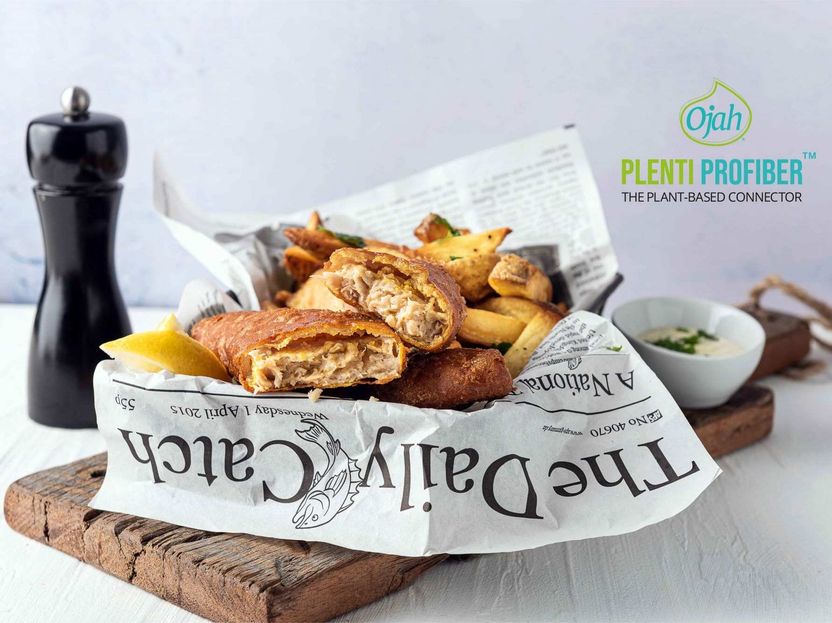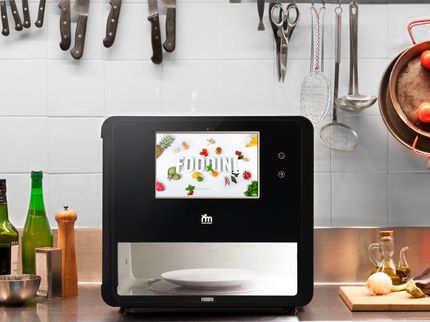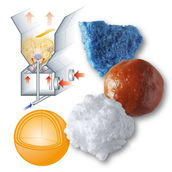Ojah takes on 4 trends with new vegetable texture
Advertisement
Ojah was able to produce separate protein fibers from the start. However, that was not the focus. ‘In the past, the market was different. There was a need for good finished products such as plant-based chicken pieces’, according Joeri Hollink, head of product development, to VMT. With the current popularity of meat substitutes, the demand for other textures is increasing, where Ojah responds to with Plenti ProFiber.

Ojah
With the production of the Plenti ProFiber plant-based pieces, Ojah is moving more towards the production of semi-finished products. “That was the idea from the start. Now that the market has changed, we are aiming for a 50/50 split between ingredients & semi-finished product distribution”. The industrial manufacturers where Ojah works with have an increasing need for a product that they can process into a finished product themselves.
This is due to these 4 trends:
- Demand for plant-based fish-alternatives is growing
There’s already a lot of choice on the market for plant-based alternatives to meat, less for plant-based fish. According to Hollink, Ojah’s new product is suitable for fish alternatives. “We work together with a fish producer in Urk. They know the market well, they know what a fried cod should taste like”
Ojah wants to use the new texture to minimize the threshold for making tasty plant-based products. Customers do not need to adjust their process. “A high-moisture extruder and the control of the process is not for everyone, that’s why we made the semi-finished products. Our customers receive an ingredient that they can apply immediately. For example, they can make a plant-based alternative of canned tuna as they always do, including a pouring and sterilization step. This is not only interesting for large manufacturers but also for startups”. - Combination of textures also required in plant-based burger patties
A frequently used ingredient in the development of plant-based products is TVP, textured vegetable protein or dried soy texture. These have a spongy texture when rehydrated. They are used for most of the plant products that are formed, Hollink explains.Beyond Meat’s ‘bleeding’ juicy burger has changed consumer demand. He now sees that the juicy texture of beef burgers can also be achieved in plant-based. ‘Adding our ProFiber to a TVP product can improve juiciness and bite. The trend now is mainly to combine textures in one product. Minced meat contains sinew, muscle tissue and fat, which makes it taste good. A mix of textures is now also being looked for in plant-based varieties’. - Foodservice requires standardization
The pieces are also suitable for Foodservice where, for example, exactly the same weight, shape and texture of ingredients are required in every wrap. ‘Our irregular chunks don’t fit into the process there. We can offer a standard calibration with the fibers. - Hybrid cultured meat is an emerging market
Hollink also sees potential in the cultured meat market. “In Singapore, a cultured chicken nugget was recently approved for sales to consumers. Only a small part of that product consists of cultured meat. It has a plant-based texture as a carrier”. Hollink reports that Ojah has already received several requests from cultured meat producers to devel
Other news from the department science
These products might interest you
Most read news
More news from our other portals
Something is happening in the food & beverage industry ...
This is what true pioneering spirit looks like: Plenty of innovative start-ups are bringing fresh ideas, lifeblood and entrepreneurial spirit to change tomorrow's world for the better. Immerse yourself in the world of these young companies and take the opportunity to get in touch with the founders.





























































